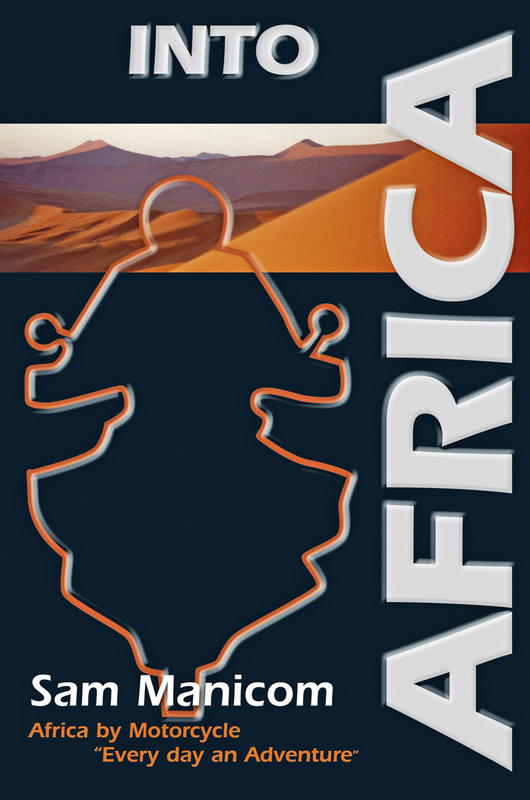Humanising motorcyclists is the key to making roads safer for them – a fact recognised by a prestigious Prince Michael International Road Safety Award – sponsored by the MCI.
The recipient of the award is ‘Someone’s Son’ - a campaign which aims to humanise and personalise the motorcyclist/driver relationship, run by the Safer Roads Partnerships of West Yorkshire, South Yorkshire and Humber. Research has identified that drivers who are, or who know, a motorcyclist, are less likely to be involved in a collision with one.*
Statistically, the vast majority of rider casualties are male, who will by definition be someone’s son (or husband or dad...) – hence the name of the campaign, though women motorcyclists feature too.
32,000 riders have received information leaflets via a popular biking magazine and a thousand high visibility vests have been distributed, with slogans representing all manner of human relationships, chosen by the riders: ‘Someone’s Son’, ‘Someone’s Mother’, ‘Someone’s best mate’.
The campaign combines radio adverts with a ‘living’ reminder of on-road riders in their personalised hi-viz. vests. Urban junctions are the most common place for accidents between drivers and riders to occur, often in 30 mph zones.
It is sometimes difficult to work out who is to ‘blame’ in these types of crashes, so the ‘Someone’s Son’ campaign has been developed to raise awareness and encourage drivers and riders to look out for each other.
Drivers are encouraged to be especially careful at junctions and roundabouts and riders are urged to give drivers the chance to see them through good road positioning, appropriate speed and by wearing high visibility gear. The awards and MCI involvement The Prince Michael International Road Safety Awards are the equivalent of the Oscars in road safety communities.
Each year outstanding examples of international road safety initiatives are given public recognition through the scheme. The MCI has been involved with the awards for a number of years. Karen Cole, Safety and Training Director of the MCI is a member of the board that choose the winners and recommended ‘Someone’s Son’, which she explained is ‘A brilliant way of making sure drivers see motorcyclists’. She explained further, ‘Personalising motorcyclists in this way is much more effective than issuing generic messages. The campaign is continually reinforced by the presence of those riders in the Yorkshire and Humber areas wearing their high- viz. vests with slogans’.
This is a very cost efficient way of delivering an effective road safety message, according to David Glanville of Safer Roads West Yorkshire who explained, ‘We recognise that we all share a common problem and by pooling our resources we were able to deliver a bigger campaign across a wide area at the lowest possible cost’.
www.someones-son.co.uk
*Research comes from The Department for Transport’s Road Safety Research Report 85 Car Drivers’ Skills and Attitudes to Motorcycle Safety: A Review, 2008, (p38).
 description : Paperback, e-book, enhanced e-book, audio book
description : Paperback, e-book, enhanced e-book, audio book



